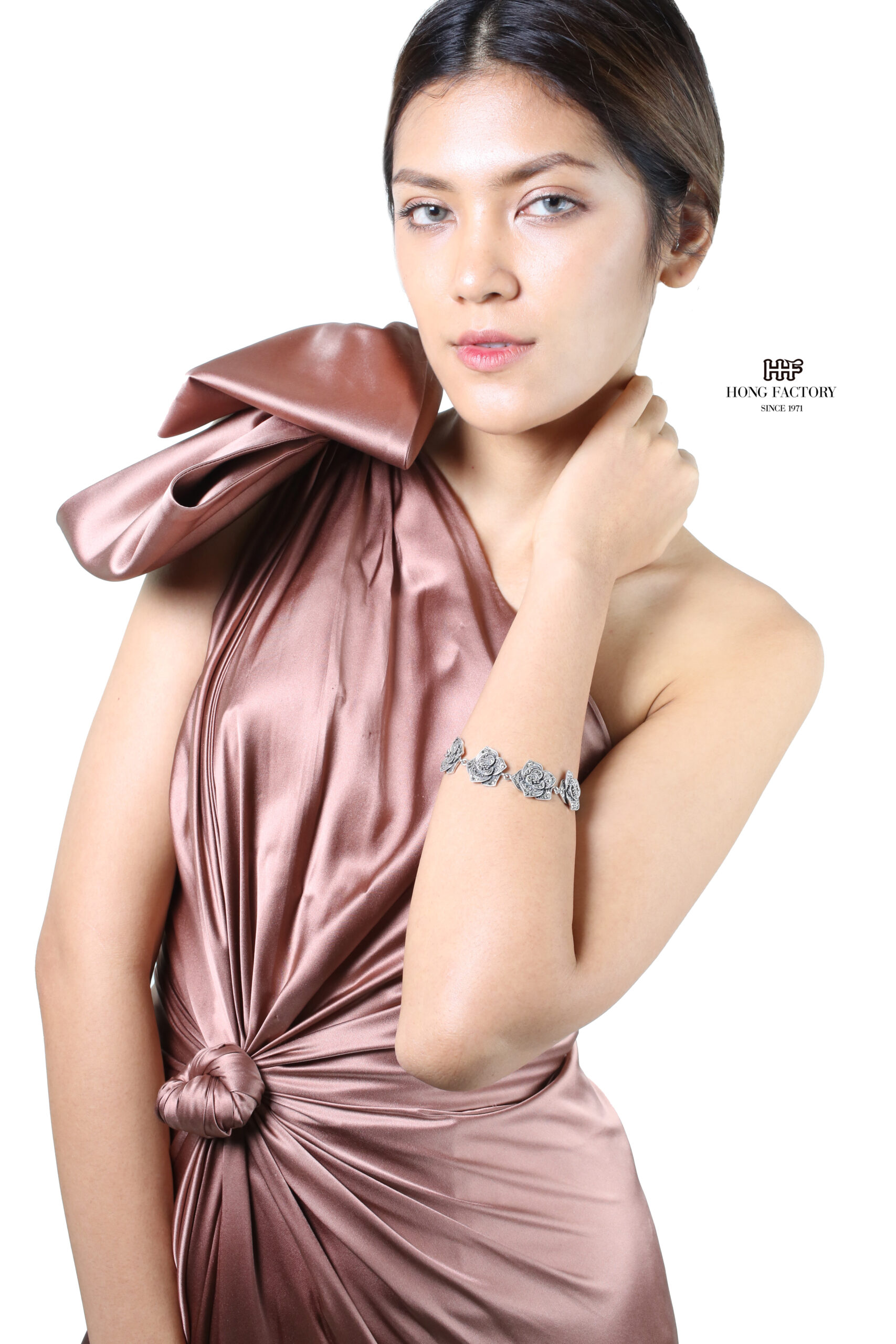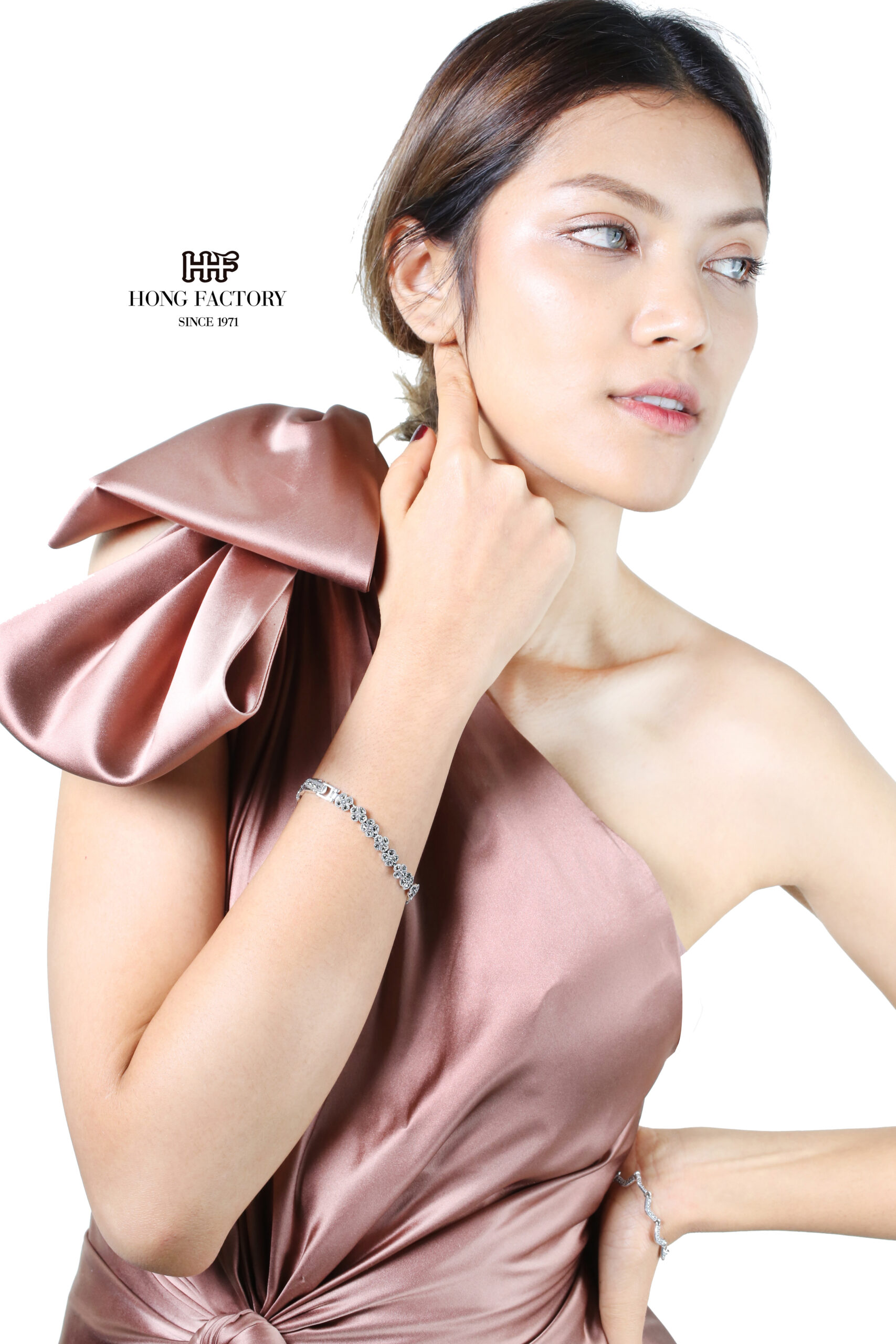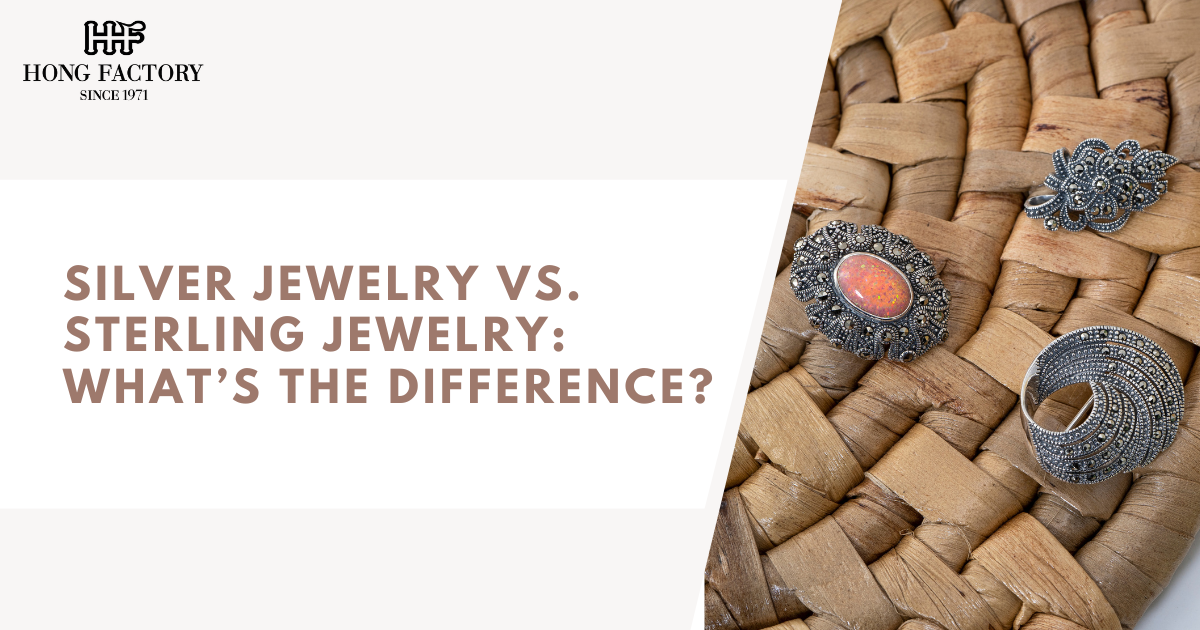
When shopping for silver accessories, you may come across two terms: silver jewelry and sterling silver jewelry. While they may seem interchangeable, they represent different qualities and compositions. In this guide, we’ll break down the key differences so you can make more informed jewelry choices.
What Is Silver Jewelry?
Silver jewelry is a general term used to describe pieces made with silver. However, the silver used can vary widely in purity and quality.
Types of Silver in Jewelry
- Fine Silver (99.9% Pure Silver): Soft and prone to bending, rarely used for everyday jewelry.
- Silver Plated: A thin layer of silver over another metal, such as copper or brass.
- Nickel Silver (German Silver): Contains no real silver—made from nickel, copper, and zinc.
Pros and Cons of General Silver Jewelry
Pros:
- Can be less expensive
- Lightweight options available
Cons:
- May tarnish quickly
- Often less durable
- May cause skin irritation if not made from real silver
What Is Sterling Silver Jewelry?
Sterling silver is a specific alloy containing 92.5% pure silver and 7.5% other metals (typically copper).
Why 92.5%?
Pure silver is too soft for functional jewelry, so it’s mixed with other metals to increase strength while preserving shine and appearance. You’ll often see the stamp “925” on genuine sterling silver pieces.
Benefits of Sterling Silver
- Suitable for everyday wear due to its durability
- Less likely to cause allergic reactions
- Can be easily cleaned and restored to shine
- Holds intrinsic value due to its high silver content

Key Differences Between Silver Jewelry and Sterling Silver Jewelry
Purity: Silver jewelry may include plated or mixed metals, while sterling silver contains 92.5% pure silver.
Durability: Sterling silver is more durable and suited for daily wear, whereas general silver jewelry might tarnish or break easily.
Price: General silver jewelry is often cheaper, but sterling silver offers better long-term value.
Tarnish Resistance: Sterling silver is more tarnish-resistant and easier to maintain.
Suitability: Sterling silver is better suited for people with sensitive skin and for those who want their jewelry to last.
How to Identify Sterling Silver
- Look for the “925” Stamp: Usually found on the inside of rings or back of pendants.
- Magnet Test: Sterling silver is not magnetic.
- Check for Tarnish: Genuine silver may tarnish slightly over time but can be polished clean.
When to Choose Each Type
Choose Sterling Silver If:
- You want jewelry that lasts longer
- You have sensitive skin
- You want a valuable and authentic piece

Choose Silver-Plated Jewelry If:
- You’re on a tight budget
- You’re buying for occasional wear
- Style matters more than material
Understanding the difference between silver jewelry and sterling silver jewelry is essential for making smart buying decisions. While both can be beautiful, sterling silver offers better durability, value, and comfort. For long-lasting, stylish, and skin-friendly pieces, sterling silver is the better investment.
